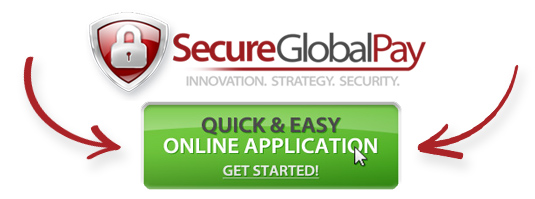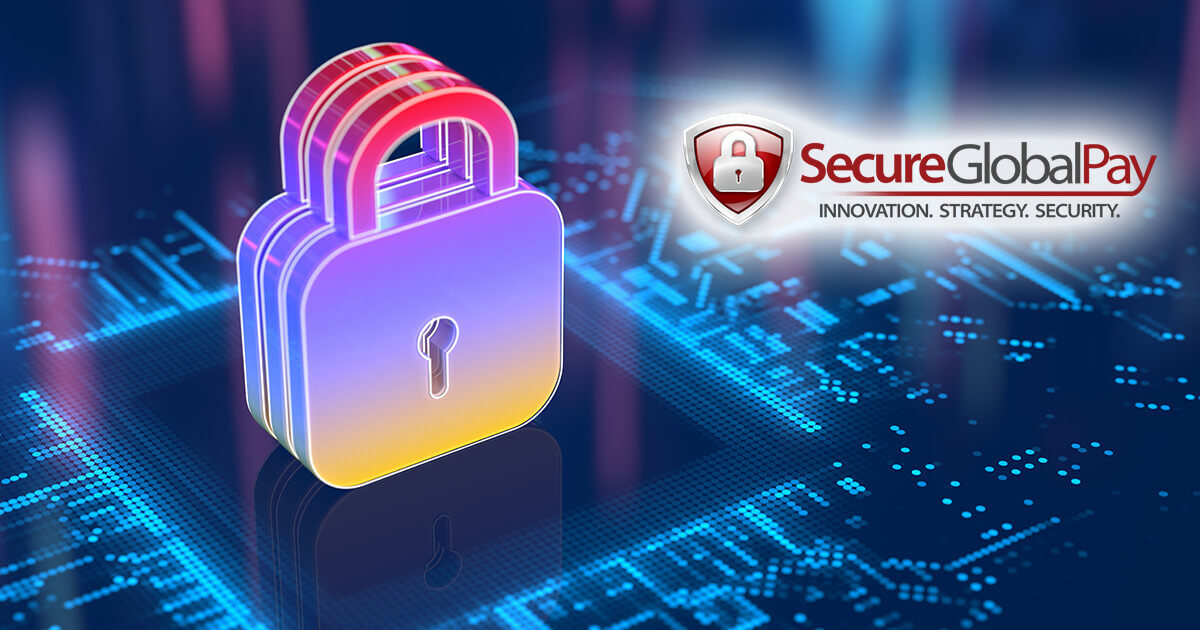
SaaS Payment Processing – Benefits, Challenges & Solutions
This blog post will discuss the benefits, challenges, solutions, and implementation tips for understanding SaaS payment processing. The key challenge of any SaaS business is understanding how to process payments for customers or clients effectively. Paying for services can be complicated and costly if not done correctly – making it essential for businesses to have a robust payment processing system. SecureGlobalPay provides the best SaaS merchant accounts & Saas payment processing solutions for all retail businesses, as well as high-risk business types & high-risk industries in general.
The tech industry is booming, and software as a service (SaaS) has taken center stage! In 2021, the SaaS market reached an impressive 146 billion USD – with projections of reaching even higher by 2023 at 195 billion USD. As more people can now access these services via mobile applications or desktop web interfaces, this trend isn’t slowing down anytime soon!
- What is SaaS Payment Processing?
- How does the SaaS Payment Processing Business Model Work?
- The Basic Requirements for SaaS Payment Processing
- SaaS Merchant Services Payment Options
- Benefits of SaaS Payment Processing
- Challenges of SaaS Payment Processing
- An Overview of the Best SaaS Payment Processing Solutions in 2023
- How Can SecureGlobalPay Help Your SaaS?
- Final Words on SaaS Payment Processing
- SaaS Merchant Services FAQs
What is SaaS Payment Processing?
SaaS payment processing refers to the systems and methods used by Software as a Service (SaaS) companies to facilitate and manage online payments for their subscription-based services via a SaaS merchant account. These payment systems handle the transactions, recurring billing, and account management functions, allowing SaaS companies to focus on delivering their core services to customers.
How does the SaaS Payment Processing Business Model Work?
The SaaS business model provides clients access to software solutions via the Internet, typically using a monthly recurring billing subscription or a usage-based pricing structure. This approach can be more cost-effective for customers, as it eliminates the need for large upfront investments in on-premise software solutions and allows for greater flexibility in terminating contracts for unneeded software products.
Consequently, SaaS businesses enjoy the advantages of recurring revenue streams. Additionally, these companies are tasked with developing and maintaining the software and managing the underlying infrastructure. Prominent SaaS providers include Salesforce, SAP, Zoom, and Adobe.

The Basic Requirements for SaaS Payment Processing
This guide will assist you in identifying the essential features to seek in a SaaS payment processor and influence your entire software stack required to achieve your business’s long-term goals.
Otherwise, you may struggle to adapt as you grow, redirect resources to address systemic problems, and ultimately pay more for external services that could have been included from the outset with a more strategic selection.
Some straightforward yet often overlooked questions to consider when initially selecting a SaaS merchant account provider or SaaS payment processing platform include:
- Will your team handle subscription modifications, or can customers make changes themselves?
- Do you plan to establish companies and gather and remit sales tax in all the regions where you sell?
- Are you considering opting for lower payment processing fees at the expense of features, intending to “add them in later”?
- Will you need to create a custom code on your website to accept orders with a payment service provider, or can you connect to a Merchant of Record service ready to go?
- Do you want to boost conversion rates by offering local currency options tailored to your diverse customer base?
- Develop a list of customer interactions with your company and consider the features necessary to facilitate them
This analysis will give you a better idea of the actual costs you may incur later on, revealing that a seemingly lower transaction fee might not be as cost-effective as it initially appears.
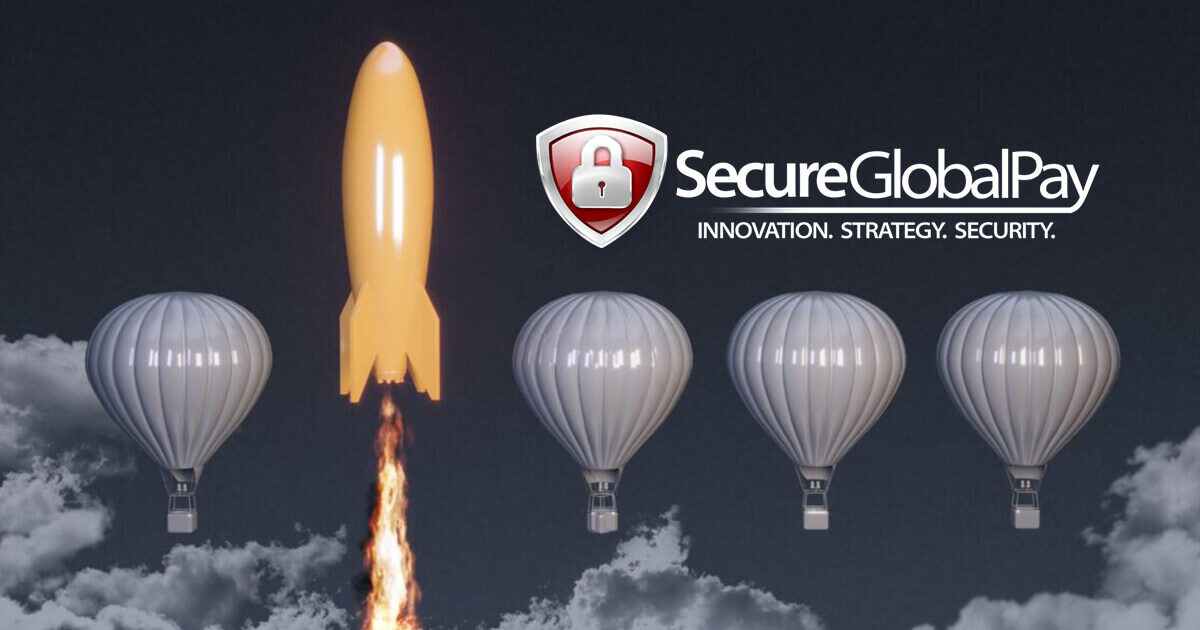
SaaS Merchant Services Payment Options
There are several payment options SaaS companies can adopt to process online subscription payments via Saas merchant services:
Credit and debit cards
With cards, customers can make individual transactions based on their subscription plan or work with a processor to help them save card details on file and automate payments.
Direct debits
Direct debits and (ACH) automated clearing house debits allow you to charge regular payments from your customer’s bank account based on a mandate. A pre-approved agreement permits you to take money from a client’s account.
Digital wallets
Connect to an individual’s bank account through debit or credit cards. PayPal is an example of a wallet that supports subscription payments.
Alternative payment method
Region-specific payment options, such as Cartes Bancaires in France and Giropay in Germany, cater to unique payment preferences in different regions.

Benefits of SaaS Payment Processing
In today’s fast-paced digital world, businesses continually seek ways to streamline operations and enhance the customer experience. One area that has gained significant attention recently is the adoption of SaaS payment processing and Saas merchant services. We will explore the benefits of SaaS payment processing and how it can revolutionize how businesses manage their finances.
It makes SaaS billing easier and more reliable
One of the primary benefits of SaaS payment processing is its ability to simplify billing processes for subscription-based services. With a centralized platform, businesses can easily manage invoicing, track customer payments, and generate accurate financial reports. Additionally, SaaS payment processing ensures reliable and timely billing, reducing human error risk and boosting cash flow.
It improves customer experience
A seamless and user-friendly payment experience is essential for maintaining customer satisfaction and fostering loyalty. SaaS payment processing platforms offer intuitive interfaces and support for multiple merchant account payment processing with multiple payment methods, ensuring customers can easily complete transactions. Moreover, SaaS payment processors may provide tools to manage customer subscriptions and handle billing inquiries, enhancing the overall customer experience.
It simplifies accounting and reconciliation
Keeping track of payments, invoices, and refunds can be complex and time-consuming. With SaaS Merchant Services & SaaS payment processing, businesses can easily reconcile transactions, automate bookkeeping tasks, and generate financial reports. This simplifies accounting processes and enables businesses to make more informed decisions based on accurate financial data.
It allows you to automate recurring billing easily
For subscription-based businesses, managing recurring billing is crucial to maintaining a steady revenue stream. SaaS payment processing platforms enable businesses to automate recurring billing, ensuring customers are billed accurately and on time. This automation saves time and resources and minimizes the risk of late or missed payments.
It integrates with your existing software infrastructure
One of the most significant advantages of SaaS payment processing is its ability to integrate seamlessly with your existing software ecosystem. Many SaaS payment processors like SecureGlobalPay offer APIs and pre-built integrations with popular business tools like CRM, accounting, and e-commerce platforms. This compatibility enables businesses to streamline their workflows and enhance overall operational efficiency.
It helps protect your customer’s sensitive data
Security is paramount for businesses that handle customer payment information. SaaS payment processing platforms employ advanced encryption and security measures to protect sensitive data during transactions. By utilizing a SaaS payment processor, businesses can ensure that customer payment information remains secure, helping to build trust and protect their reputation.
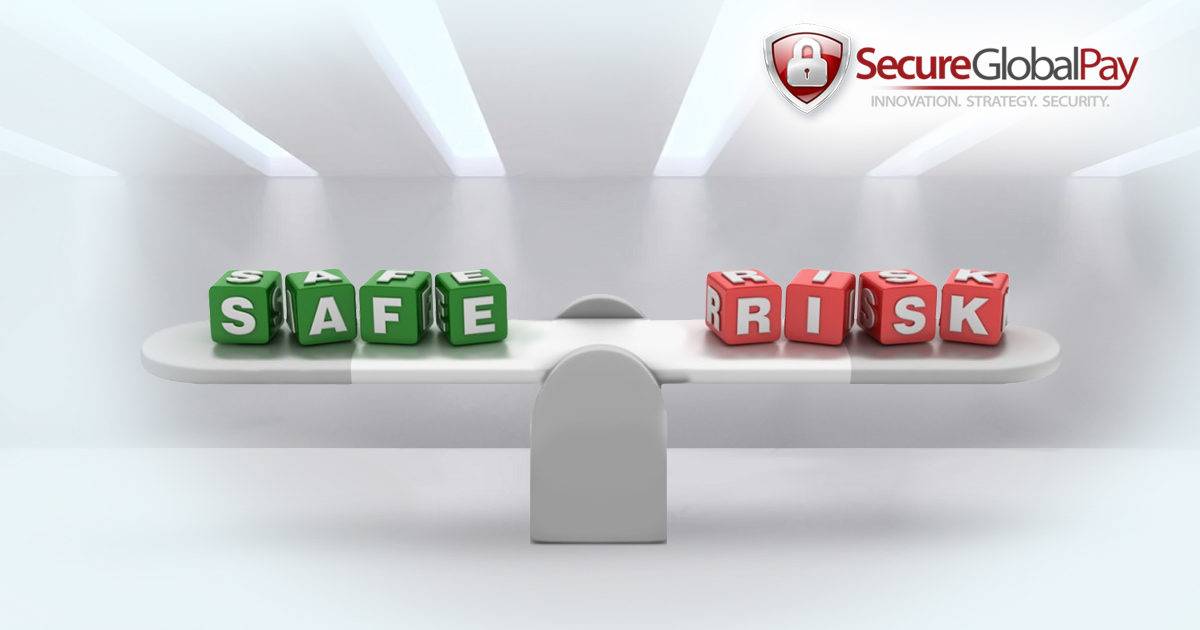
Challenges of SaaS Payment Processing
While SaaS payment processing offers numerous benefits for businesses, it’s important to recognize that it’s not without challenges. We’ll explore some of the most common difficulties associated with SaaS payment processing and offer insights into how businesses can address these issues.
Select a stable partner with a track record of success
When choosing a payment processor, it’s crucial to partner with a reputable and stable company with a proven success track record. Look for a provider with a strong history of satisfied clients via their BBB reviews with a demonstrated commitment to innovation and customer service.
Make security a top priority
The security of your customers’ sensitive information should be a primary concern when selecting a payment processor. Ensure your chosen provider adheres to the highest security standards, including data encryption, secure tokenization, and compliance with relevant regulations such as PCI DSS.
Find a provider that can scale with you
As your business grows, so too will your payment processing needs. Choose a provider that can scale with your business and accommodate your evolving requirements, such as increased transaction volumes, international expansion, and additional payment methods.
Look at the solution’s customization capabilities
Every business is unique, and your payment processor should be able to accommodate your specific needs. Look for a provider that offers customization options, such as tailored checkout experiences, custom reporting, and the ability to create bespoke payment workflows.
Study the fees of digital payment companies
Fees and transaction costs can vary significantly between payment processors. Be sure to carefully compare pricing structures and consider setup, transaction, and monthly service fees. Opt for a provider that offers competitive and transparent pricing without hidden costs.
Consider the transaction limits for the integration provider
Some payment processors impose limits on transaction volumes or amounts, which could impact your business operations. Ensure that the provider you choose can accommodate your current and future transaction needs without imposing restrictive limits.
Take into account alternative online payment methods
To cater to a diverse customer base, it’s essential to support a wide range of payment methods, including alternative options such as digital wallets and regional payment systems. Choose a payment processor with comprehensive payment methods to accommodate your customers’ preferences.
Check available payment methods for SaaS payment solutions
If you operate a SaaS business, it’s important to partner with a payment processor specializing in subscription-based payment processing. Look for a provider that offers features such as recurring billing, subscription management tools, and seamless integration with your existing software stack.
Look for subscription management tools
Effective subscription management is vital for subscription-based businesses. Choose a payment processor that provides robust tools to help you manage customer subscriptions, handle billing inquiries, and automate essential tasks such as invoicing and payment processing.
Ensure the provider meets security requirements
Ensure the payment processor you select complies with all applicable security standards and regulations. This includes adherence to PCI DSS requirements, data privacy regulations, and other industry-specific security standards relevant to your business.

An Overview of the Best SaaS Payment Processing Solutions in 2023
Let us discuss some of the top SaaS payment processing solutions for 2023:
Stax Connect
Stax Connect, formerly known as Fattmerchant, is a payment processing platform designed for businesses of all sizes. With its powerful API and easy integration with various software tools, Stax Connect offers a comprehensive solution for managing subscriptions, invoicing, and payment processing.
Stripe
Stripe is a popular payment processing platform that caters specifically to internet-based businesses. Its extensive features include support for recurring payments, international transactions, and integration with numerous SaaS tools, making it a top choice for many SaaS companies.
PayPal
PayPal, a well-known digital payment platform, offers a range of payment processing solutions for businesses. With its easy-to-use interface and support for multiple currencies, PayPal provides a convenient option for SaaS companies looking to streamline their payment processes.
Chargebee
Chargebee is a subscription management and billing platform that simplifies payment processing for SaaS businesses. With its powerful API and extensive integrations, Chargebee helps businesses manage subscriptions, automate invoicing, and handle recurring payments with ease.
Amazon Pay
Amazon Pay is a digital wallet and payment processing service provided by Amazon. With its seamless integration into the Amazon ecosystem and support for various payment methods, Amazon Pay offers a convenient solution for SaaS businesses looking to enhance their customer experience.
2Checkout (Verifone)
2Checkout, now part of Verifone, is an all-in-one payment processing platform that supports multiple payment methods and currencies. With its comprehensive suite of tools, including subscription management and invoicing, 2Checkout is an excellent option for SaaS businesses seeking a reliable payment processing solution.
WePay
WePay is a payment processing platform that provides a seamless and secure payment experiences for businesses. With its easy integration and support for various payment methods, WePay offers a reliable and user-friendly solution for SaaS companies looking to streamline their payment processes.
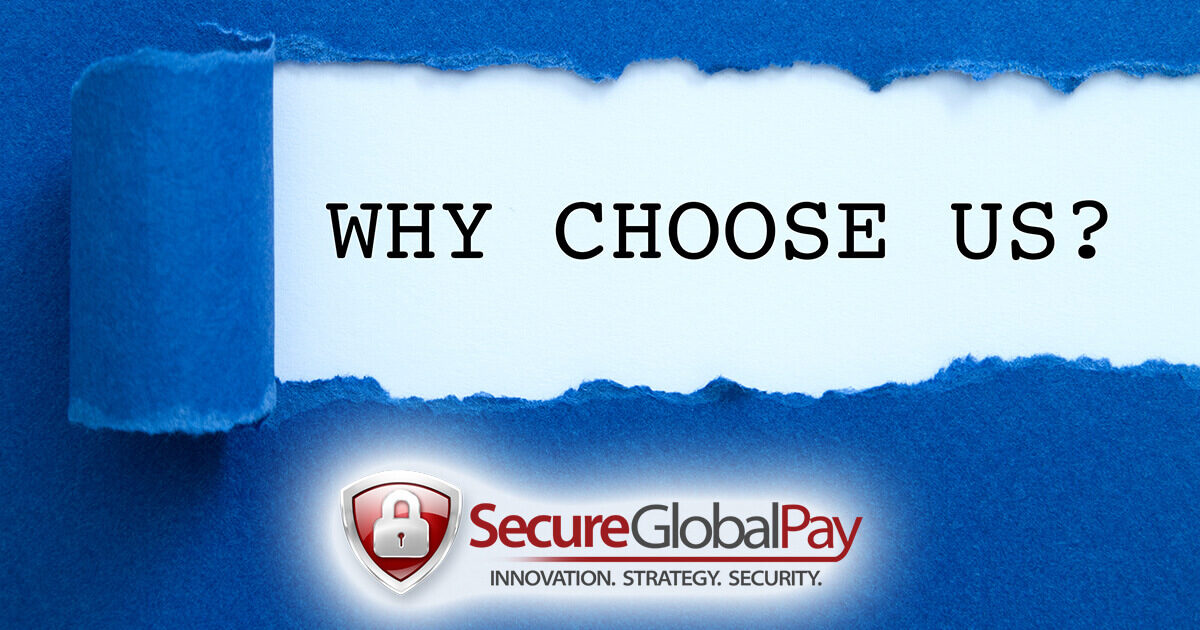
How Can SecureGlobalPay Help Your SaaS?
SecureGlobalPay is a versatile payment gateway that caters to businesses of all sizes. It offers a range of features to ensure seamless payment processing for SaaS companies, including:
Secure payment gateway with omnichannel versatility
Integrating multiple sales channels, SecureGlobalPay ensures a consistent payment experience across online stores, mobile apps, and brick-and-mortar businesses.
Multi-channel platform services
Accepting payments through various channels, such as e-commerce websites, mobile apps, and in-person transactions, SecureGlobalPay simplifies payment management and streamlines operations.
Card types accepted
Supporting a wide range of credit and debit cards, SecureGlobalPay caters to a diverse customer base.
Mobile payment processing
SecureGlobalPay enables businesses to accept mobile payments, offering a convenient and secure payment option for customers using smartphones or other mobile devices.
Electronic invoicing
SecureGlobalPay’s digital invoicing feature simplifies billing by enabling businesses to send and receive payments online.
Data protection and security
With advanced data protection measures like tokenization and end-to-end encryption, SecureGlobalPay ensures customer data remains secure.
QuickBooks® integration
SecureGlobalPay’s integration with QuickBooks allows for efficient payment processing and transaction reconciliation.
Recurring billing
SecureGlobalPay’s recurring billing feature simplifies subscription payment plan management and automation for SaaS companies.
Swipe technology
Supporting in-person customer payments using card readers, SecureGlobalPay improves transaction speed and convenience.
Payment gateway comparison
SecureGlobalPay stands out due to its extensive features, such as omnichannel versatility and multi-channel platform services. Now, you can accept credit card payments from various supported card types.
SandBox / developer account
SecureGlobalPay offers businesses a sandbox/developer account to test and develop their payment integration, ensuring a seamless and error-free payment experience when the system goes live.

Final Words on SaaS Payment Processing
Selecting the right SaaS payment processing solution is crucial for the success of your subscription-based business. By understanding the challenges, solutions, and implementation tips presented in this article, you’ll be better equipped to decide and choose the payment processor that best meets your business needs.
At SecureGlobalPay, we understand that different businesses have different needs, and that’s why we provide an extensive suite of features to help you customize your payment gateway. SecureGlobalPay is the perfect choice for SaaS companies looking to enhance their customer experience, from our advanced data protection measures to QuickBooks integration. Contact us today so we can show you how SecureGlobalPay can help your business.

SaaS Merchant Services FAQs
What is considered SaaS payment processing?
SaaS payment processing refers to SaaS companies’ methods and systems to manage online payments for their subscription-based services.
How do I apply for a SaaS merchant account?
To apply for a SaaS merchant account, contact a payment processor, provide relevant business information, and complete the application process. This may include submitting financial statements, business licenses, and other documentation.
Does SecureGlobalPay provide SaaS merchant services?
Yes, SecureGlobalPay offers SaaS merchant services, including payment processing solutions and customizable payment gateway options for SaaS businesses.
What are SaaS payment processing services?
SaaS payment processing services include payment gateways, subscription management tools, and transaction processing systems that facilitate and manage online payments for SaaS companies.
What payment provider offers the best SaaS merchant accounts?
There is no one-size-fits-all answer to this question, as the best SaaS merchant account provider depends on your specific business needs, including transaction volume, target market, and desired features.
What is a merchant account vs. a payment gateway?
A merchant account is a specialized account that enables businesses to accept online payments. In contrast, a payment gateway is a secure platform that processes transactions between customers, the merchant account, and the bank.
Who provides the best payment processing for SaaS start-ups?
The best payment processing provider for SaaS start-ups depends on various factors, such as the company’s size, target market, and growth potential. Some popular options for SaaS start-ups include Stripe, PayPal, and Chargebee, as they offer competitive pricing, robust APIs, and scalable solutions tailored to the needs of growing businesses.


